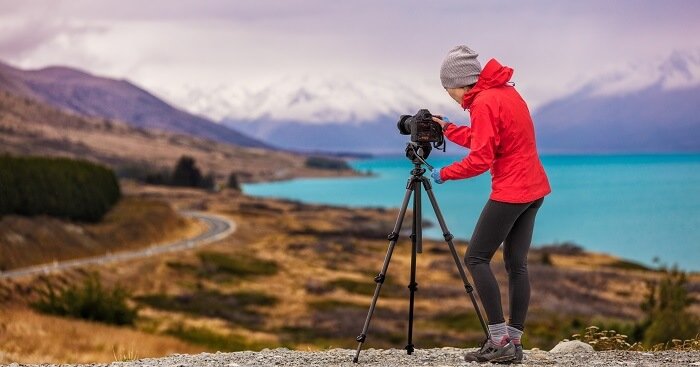Plan Your Story
Before you even start taking pictures, think about the story you want to tell. What is the theme of your journey? Is it a cultural exploration, an adventure, or a personal discovery? Once you have a clear idea of the story you want to tell, you can plan your shots accordingly.
Look for the Details
The devil is in the details, and this is particularly true in travel photography. Look for the small things that can tell a bigger story. A close-up of a street food vendor’s hands, the texture of a building’s walls, or the colors of a local market can all convey a sense of place and culture.
Capture the People
People are an essential part of any travel story. Whether it’s locals going about their daily lives, fellow travelers, or even yourself, capturing the human element adds depth and emotion to your images. Try to capture candid moments that show genuine emotions and interactions.
Use Composition to Your Advantage
Composition is the backbone of visual storytelling. Pay attention to the placement of your subject, the use of lines and shapes, and the balance of colors and textures. Use leading lines to guide the viewer’s eye and create a sense of movement, and play with depth of field to create depth and focus.
Edit for Impact
Editing is the final step in creating a compelling visual story. Use editing software to fine-tune your images, adjust exposure and color, and remove distractions. But don’t over-edit your photos, as this can detract from the authenticity of your story.
In conclusion, travel photography is a powerful tool for storytelling. By planning your story, looking for details, capturing the people, using composition to your advantage, and editing for impact, you can create a narrative that goes beyond words. Remember, travel photography is not just about taking pretty pictures, it’s about telling a story through images. So go out there and tell your journey in a way that inspires and captivates your audience.






